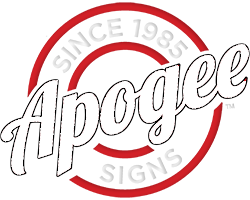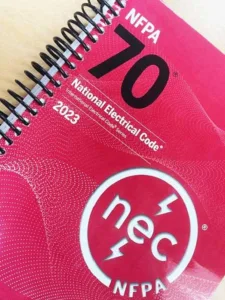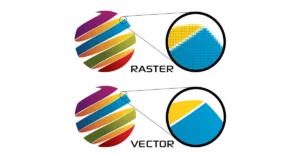 ADA signs are specialized signs that comply with the Americans with Disabilities Act (ADA) regulations. These signs provide vital information for people with disabilities and help them navigate buildings and public spaces. ADA signs feature tactile characters and Braille, making them easily readable for those who are visually impaired. They also include high-contrast colors and non-glare finishes for individuals with low vision. Additionally, ADA signs must be mounted at a specific height and location to ensure accessibility. Overall, ADA signs play a crucial role in promoting inclusivity and accessibility for all individuals.
ADA signs are specialized signs that comply with the Americans with Disabilities Act (ADA) regulations. These signs provide vital information for people with disabilities and help them navigate buildings and public spaces. ADA signs feature tactile characters and Braille, making them easily readable for those who are visually impaired. They also include high-contrast colors and non-glare finishes for individuals with low vision. Additionally, ADA signs must be mounted at a specific height and location to ensure accessibility. Overall, ADA signs play a crucial role in promoting inclusivity and accessibility for all individuals.
Below we have listed the most frequently asked questions that we receive about ADA signage.
What materials are used for ADA signs?
ADA signs are made from a variety of materials, including plastic, metal, and acrylic, and are designed to be durable and long-lasting.
What are the design considerations for ADA signs?
Design considerations for ADA signs include the location and height of the sign, the color contrast between the background and text, and the placement of tactile characters and braille.
Who can design and manufacture ADA signs?
ADA signs must be designed and manufactured by professionals who are familiar with the ADA regulations and requirements.
What are the consequences of non-compliance with ADA sign regulations?
Non-compliance with ADA sign regulations can result in legal consequences and fines for businesses and organizations.
How can ADA signs be maintained?
ADA signs can be maintained by cleaning them regularly and ensuring that any damaged or faded signs are replaced promptly. It is important to periodically review and update ADA signs to ensure compliance with changing regulations.
What are the minimum height requirements for the raised text on an ADA-compliant sign?
The raised text on an ADA-compliant sign must be at least 5/8 inch high for maximum visibility.
Why is it important to use high contrast colors and non-glare backgrounds on ADA signs?
High contrast colors and non-glare backgrounds on ADA signs ensure maximum readability, particularly for individuals with visual impairments.
What is the purpose of Braille on ADA-compliant signs?
Braille on ADA-compliant signs is used to provide information to people who are visually impaired.
What type of Braille is recommended for ADA signs?
Domed Braille is recommended for ADA signs as it is easier to read than flat Braille.
Can businesses include additional information on their ADA-compliant signs beyond what is required by the ADA?
Yes, businesses can include additional information such as room numbers and directions on their ADA-compliant signs.
Why is it discouraged to use decorative fonts or graphics on ADA signs?
The use of decorative fonts or graphics on ADA signs can make the sign harder to read for visually impaired individuals.
Can businesses face penalties for not complying with ADA requirements for signs?
Yes, businesses can face penalties and fines if they do not comply with the ADA requirements for signs.
Are there additional requirements or guidelines for ADA signs beyond what is outlined in the ADA?
Yes, individual states and local governments may have additional requirements or guidelines that businesses must follow for their ADA signs.






